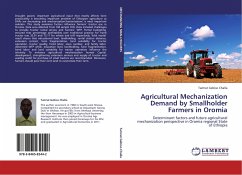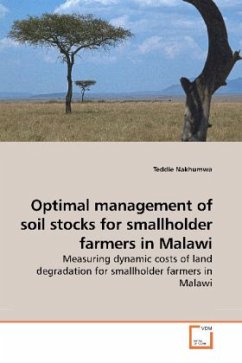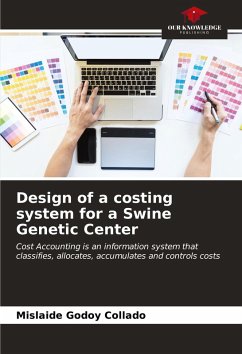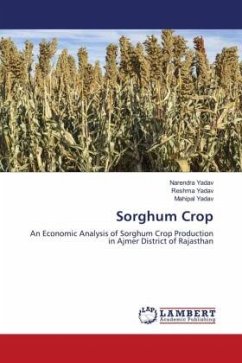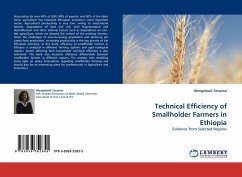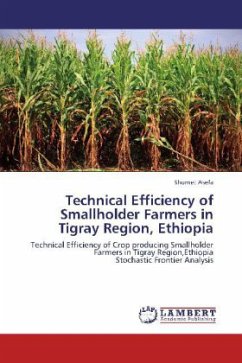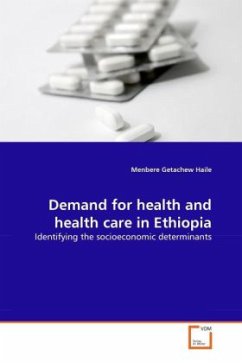
Farmers Derived Demand For Sorghum Genetic Diversity in Ethiopia
Economic of Sorghum Genetic Diversity In Ethiopia
Versandkostenfrei!
Versandfertig in 6-10 Tagen
32,99 €
inkl. MwSt.

PAYBACK Punkte
16 °P sammeln!
Ethiopia is centre of diversity and one of the eight Vavilovian genetic centers of the world for cereals such as barley, wheat, sorghum, finger millet, and teff. Peasant farmers in Ethiopia use of different plants and animals, or the general biology of their surroundings, to farming systems that are best adapted to their own circumstances. In Ethiopia, animals, microbes and the associated indigenous knowledge are being lost before we know the benefit. Count index and Shannon index are used to measure the on-farm sorghum genetic diversity of the studied area. Poisson and Tobit regression models...
Ethiopia is centre of diversity and one of the eight Vavilovian genetic centers of the world for cereals such as barley, wheat, sorghum, finger millet, and teff. Peasant farmers in Ethiopia use of different plants and animals, or the general biology of their surroundings, to farming systems that are best adapted to their own circumstances. In Ethiopia, animals, microbes and the associated indigenous knowledge are being lost before we know the benefit. Count index and Shannon index are used to measure the on-farm sorghum genetic diversity of the studied area. Poisson and Tobit regression models are estimated using a rural household survey data collected from 205 households in Tehuledere Woreda, Amhara National Regional State of Ethiopia.The results of the analyis shows that on-farm crop genetic resource conservation will be negatively correlated to the over-all agricultural development in a specific region. Therefore, there is a need for flexible incentive structures to maintain CGRs diversity to keep a social optimum and to off-set the negative effect of development interventions.




